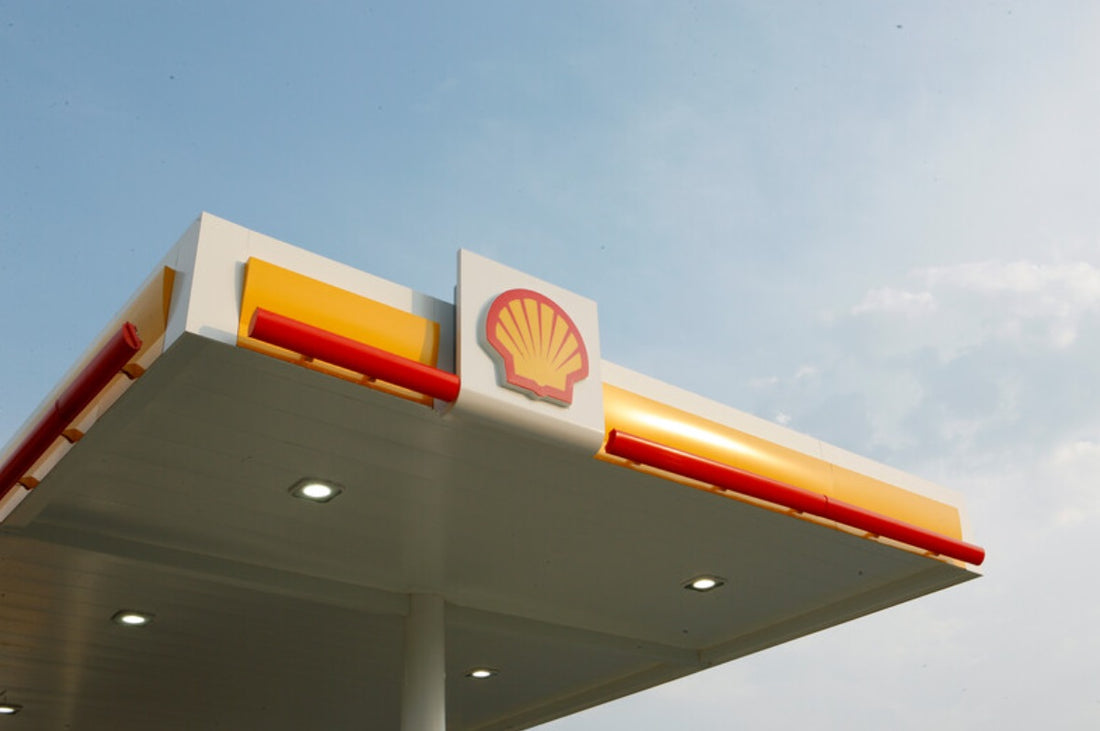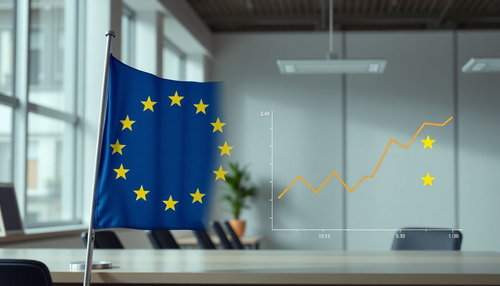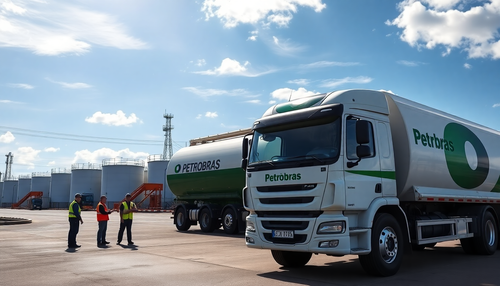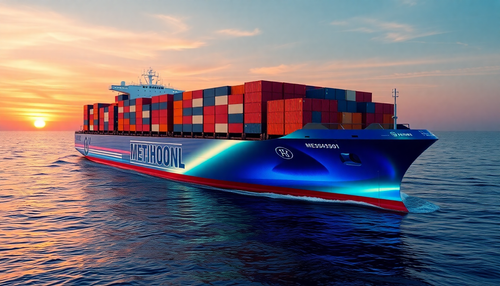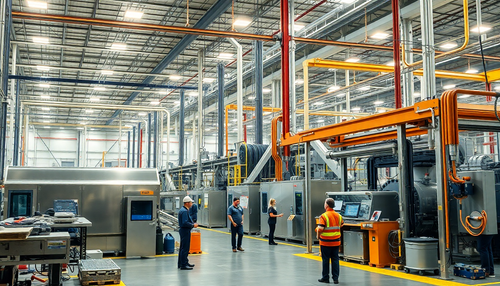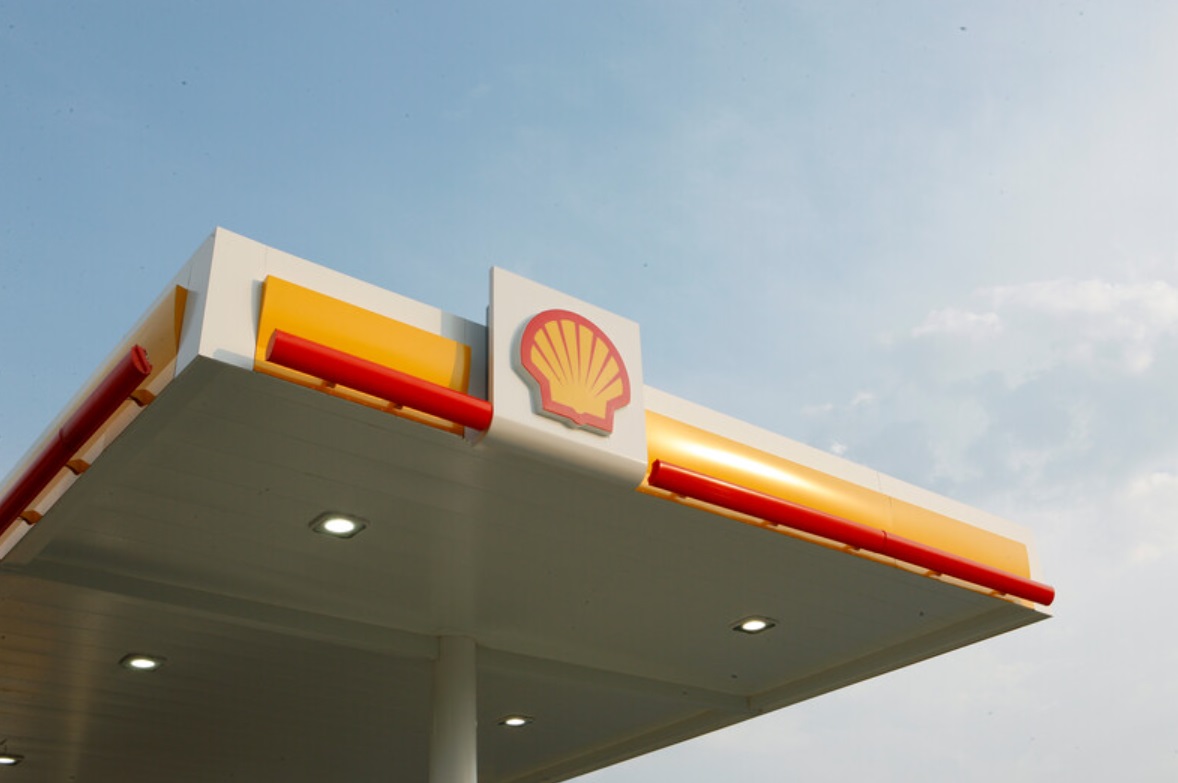
Introduces new target, but eliminates target for 2035 due to the “uncertainty” of the energy transition
Energy giant Shell today announced the launch of the “Energy Transition Strategy 2024”, the first update to its “Powering Progress” strategy, launched in 2021, outlining the company's climate transition roadmap and objectives. The updated strategy includes Shell's first interim target to reduce emissions from the use of its petroleum products, following years of shareholder pressure to introduce a Scope 3 value chain emissions reduction target.
Alongside the new Scope 3 target, however, Shell also eliminated an emissions intensity target for 2035 and also revised downwards its interim intensity target for 2030.
In 2020, Shell announced a commitment to achieving net-zero emissions across its operations by 2050, and in 2021, the company launched its “Powering Progress” strategy, detailing how it will achieve its goal of being a net-zero energy business by 2050 across the scope. Emissions 1, 2 and 3, with initiatives that include investment in renewable and clean energy solutions.
Although the company had previously set 2030 targets to reduce its Scope 1 and 2 emissions, it avoided setting an interim Scope 3 target. Scope 3 emissions represent more than 95% of the company's carbon footprint, with the “ use of products sold” represents approximately 74%.
Shell has faced pressure from environmental groups and shareholders to set interim emissions reduction targets across the value chain, including the submission of a shareholder resolution earlier this year by a group of 27 institutional investors representing more than US$4 trillions in assets under management, led by oil and gas. – focused shareholder activist group, Follow This, urging the company to set a medium-term goal aligned to the Paris Agreement to reduce emissions from the use of its products.
In the company's “Energy Transition Progress Report” released last year, Shell chairman Andrew Mackenzie said that “the Board considered setting an absolute Scope 3 emissions target, but found that this would be against financial interests. of our shareholders and would not help mitigate global warming.” Shell added that to implement a more ambitious Scope 3 target, the company would be required to reduce its sales of oil and gas products, which, in the absence of a change in customer demand, “would effectively mean handing over customers to competitors.” ”
The updated strategy, however, included a Scope 3 target, with the company now aiming to reduce customer emissions from the use of its petroleum products by 15-20% by 2030, compared to 2021. Emissions from the use of petroleum products account for more than half. of the 'use of products sold' by the company. The company noted that emissions from petroleum products had already declined by about 9% in 2023 from a 2021 baseline, and said the new target would represent a 40% reduction from 2016, including 8 percentage points caused by contracts classified as held for trading purposes.
The updated strategy maintains Shell's 2050 net zero target and its interim 2030 target to halve scope 1 and 2 emissions, but the company also said it has chosen to retire its 2035 target to reduce net carbon intensity of the products it sells by 45%. due to “uncertainty in the pace of change in the energy transition” and revised its net carbon intensity reduction target for 2030 to 15% – 20%, from the previous target of 20%. Shell explained that the revised target for 2030 was due to a shift towards selling more energy to commercial customers and less to retail customers, leading to lower total energy sales growth until 2030.
Commenting on the updated targets, Follow This founder Mark van Baal accused the company of “backtracking” on its climate ambitions, putting the company’s future at risk “through political interventions, disruptive innovation, stranded assets and liability for the costs of climate change". ”
Van Baal added:
“With this setback, Shell is betting on the failure of the Paris Climate Agreement, which requires a reduction in emissions by almost half this decade”, responds Mark van Baal, founder of the shareholder activist group Follow This. “Only Shell shareholders can change the board’s mind by voting in favor of our climate resolution at the May shareholder meeting.”
The updated strategy also includes plans for Shell to invest $10-15 billion between 2023 and the end of 2025 in low-carbon energy solutions, in areas including electric vehicle charging, biofuels, renewable energy, hydrogen and capture and storage. of carbon. Shell also said it would focus its advocacy on areas “critical to the energy transition”, targeting policies that support national net-zero emissions ambitions, such as carbon pricing, and driving shifts in demand and increasing low-carbon solutions, while while providing safe power.
Shell CEO Wael Sawan said:
“Shell has a very important role to play in providing the energy the world needs today and helping to build the low-carbon energy system of the future. Our focus on performance, discipline and simplification is driving clear choices about where we can make the biggest impact through the energy transition and create the most value for our investors and customers. We believe this focus makes it more, not less, likely that we will achieve our climate goals. By providing the different types of energy the world needs, we believe we are the investment case and partner of choice during the energy transition.”

